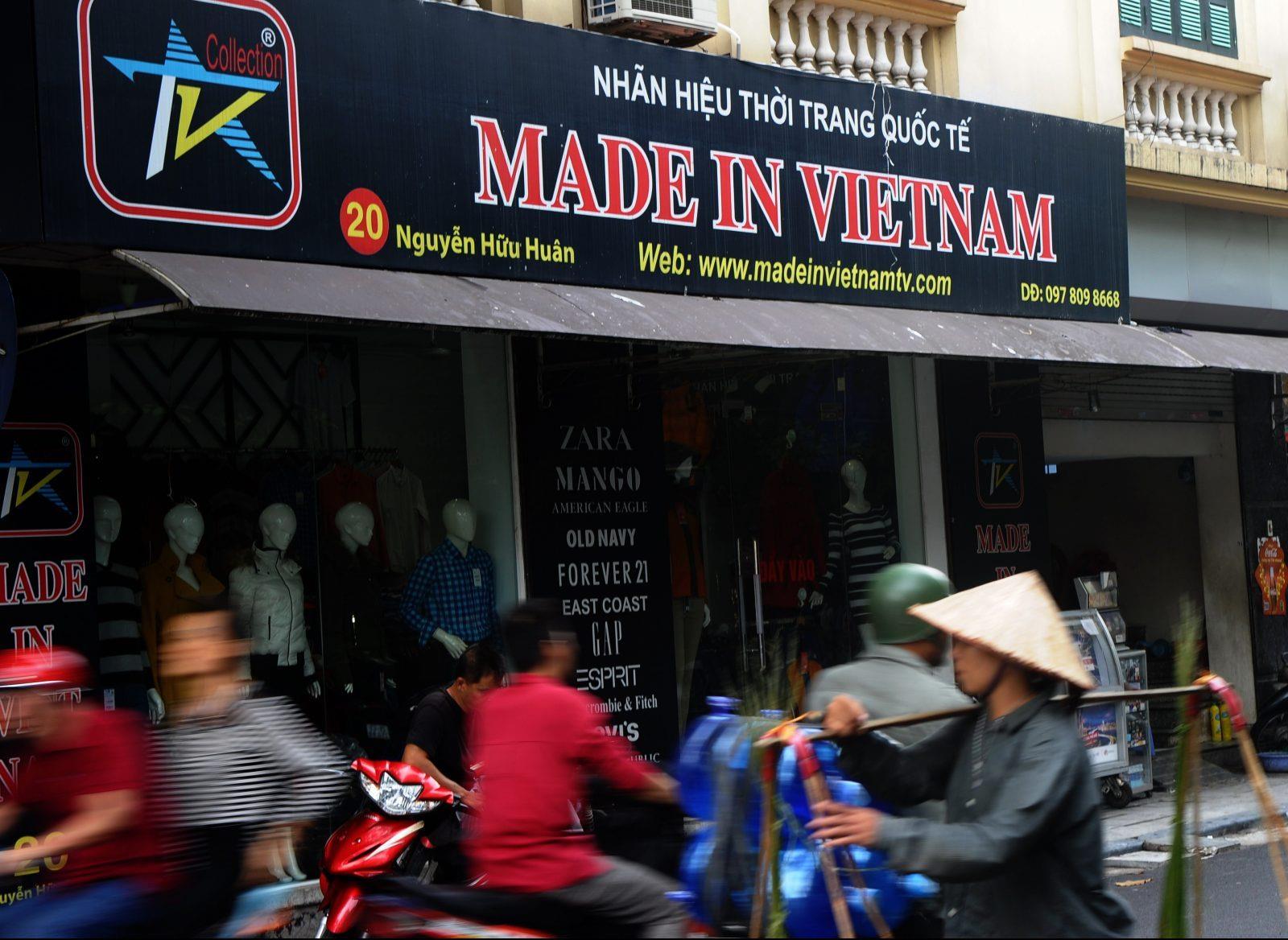
US Tariffs Won't Stop China's Long Game In SE Asia
US negotiators may frame this as an effort to win better market access for American goods and chip away at Chinese expansion in Southeast Asia, but Beijing is watching closely and repositioning itself to turn US-ASEAN tensions to its long-term advantage.
The Trump administration's strategy has been characteristically direct: levy hefty tariffs first and then issue a laundry list of concessions in return for partial relief.
This year, on April 2, the US implemented“reciprocal tariffs” ranging up to 49% on imports from certain ASEAN nations, including Vietnam and Cambodia, while others, such as Singapore, were subject to 10% duties.
Those came down after negotiations but are still in the range of 19-24% for top trading partners like Thailand (19%), the Philippines (19%), Vietnam (20%) and Malaysia (24%).
For most ASEAN economies, where the US is a key export market, forfeiting preferential access jeopardizes GDP growth, jobs and even political stability. The US calls for restricting Chinese exports and future compliance with possible future sanctions against Beijing puts ASEAN directly in the middle of a raging competition.
This is where China sees both a challenge and an opening. For 15 consecutive years, China has been ASEAN's largest trading partner. In the first quarter of 2025, two-way trade hit $234 billion , with full-year figures projected to surpass $1 trillion, far ahead of US-ASEAN trade volumes.
The US push to force ASEAN to cut Chinese goods directly targets the integrated supply chains that underpin this relationship. But rather than counter with public threats, Beijing is moving toward a more subtle, calculated response: embedding itself more deeply in ASEAN's economic fabric in ways that US tariff policy will struggle to unwind.
Another important prong is accelerating local production within ASEAN. Chinese enterprises are establishing or setting up factories inside Vietnam, Thailand, Indonesia and Malaysia, not to lower labor expenses, but to meet“rules of origin” for more products to contribute in the global supply chain.

Legal Disclaimer:
MENAFN provides the
information “as is” without warranty of any kind. We do not accept
any responsibility or liability for the accuracy, content, images,
videos, licenses, completeness, legality, or reliability of the information
contained in this article. If you have any complaints or copyright
issues related to this article, kindly contact the provider above.
Most popular stories
Market Research

- New Cryptocurrency Mutuum Finance (MUTM) Raises $15.8M As Phase 6 Reaches 40%
- Noveba Brings Apple Pay To Customers
- Mutuum Finance (MUTM) Approaches Next Phase With 14.3% Price Increase After Raising $16 Million
- Cregis And Kucoin Host Institutional Web3 Forum Discussing Industry Trends And Opportunities
- Primexbt Expands Crypto Futures With 101 New Coins, Delivering Best-In-Class Trading Conditions
- BTCC Exchange Announces Triple Global Workforce Expansion At TOKEN2049 Singapore To Power Web3 Evolution























Comments
No comment